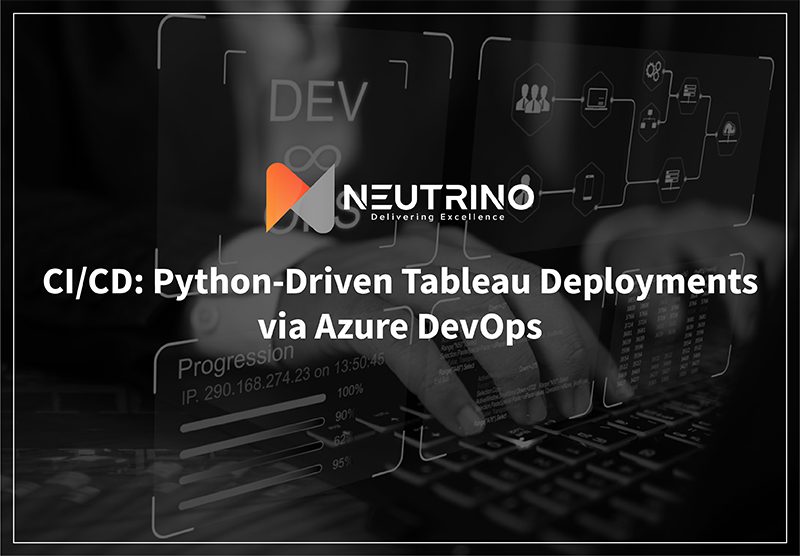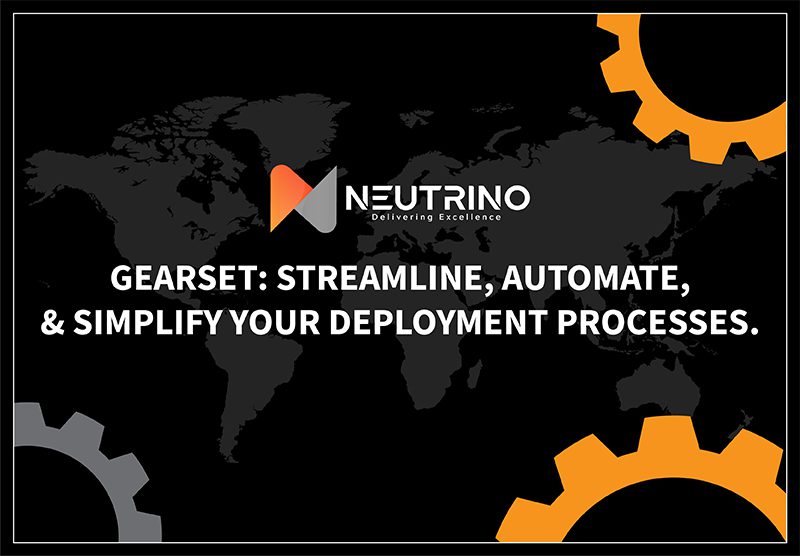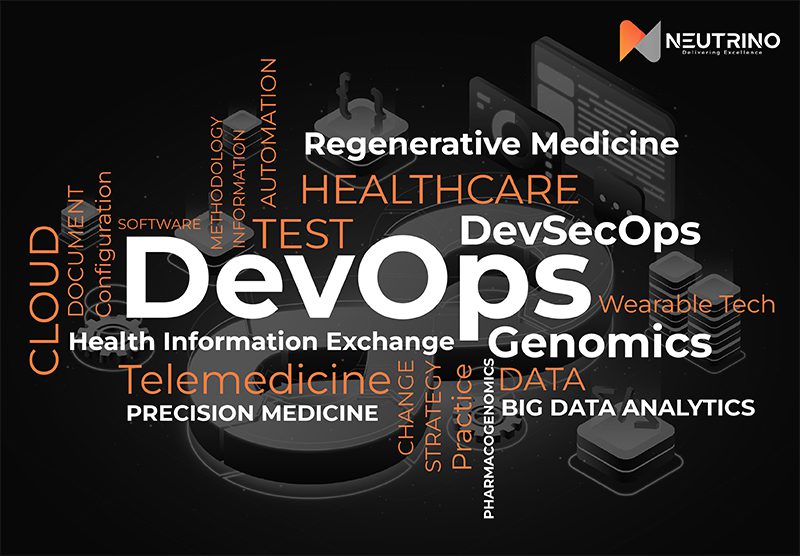DevOps and Digital Transformation: Say Bye to Silos! Published:July 20, 2022 By:Ashray Patil Digitalization has transformed the way organizations operate. All the conservative and process-driven ways of working are now gradually getting replaced by new approaches, technologies, frameworks, and ideas. New methodologies are being discovered every now and then, leaving little space for dysfunction. One such amazing methodology is DevOps. DevOps culture provides flexibility and encourages cohesive and aggressive workflow within the organizations. DevOps: An overview DevOps, as the name suggests, is the combination of software development and technology operations and is widely adopted and recognized as a new culture in the software development lifecycle. It is a collection of practices that combines and automates the workflow between teams responsible for software development and operations. Thus ensuring a holistic infrastructure. DevOps aids in quicker and more effective development, testing, and delivery of the product. The main focus of DevOps is on how to plan and move ahead! DevOps: The History of Why!? Generally, software developers are majorly inclined toward developing software as fast as they can. Operators on the other hand have a natural tendency to evaluate and then release the product. This difference in the basic workflow has been a challenge while establishing a professional rapport amongst teams. Therefore, there was a need to maintain a single team that could include both. In this way, they can work together hand in hand, track the project’s progress, take periodic feedback from the client and improve the quality of the deliverables, without wasting much time. The term DevOps was coined by Patrick Debois in 2009. Technically it was not a standardized process of software development, but it spread its roots rapidly. When Patrick coined this term, there were mixed opinions in the corporate boardrooms. Today, the same corporate boardrooms trust DevOps for business agility and continuity. Aim of DevOps DevOps aims to shorten the software development cycle and deliver software applications with great velocity across various digital platforms. It also stresses heavy automation and innovation to improve the digital counter. DevOps aims to improve the project scalability, flexibility, and predictability to deliver an updated high-quality product using rapid feedback loops. Through the DevOps model, the developers and operators work in collaboration as a single team. They ensure development, planning, coding, testing, deployment, software release, and periodic monitoring of the software. This results in effective software development and faster delivery. The DevOps Lifecycle DevOps combines the abilities, procedures, and tools from every area of an engineering and IT company, from design and construction through monitoring and iteration. Every stage of the development and operations lifecycle is impacted by DevOps. The DevOps culture works on a flexible and adaptive model that includes continuous planning, delivery, testing, deployment, and monitoring. The DevOps lifecycle engages the organization in continuous development and optimizes development processes from beginning to end, leading to quicker delivery timelines. The following seven stages make up the majority of this process. Continuous Development Continuous Integration Continuous Testing Continuous Deployment Continuous Monitoring Continuous Feedback Continuous Operations In order to build, test, use, and improve software products, the DevOps methodology supports continuous innovation, agility, and scalability. It encourages a mindset of ongoing learning, innovation, and feedback. A thorough understanding of the various stages of the DevOps lifecycle is essential for implementation, though. Role of DevOps in Digital Transformation As the world is getting even more digitized, the role of DevOps is gaining a good amount of significance. Automation is the soul of DevOps. It has revolutionized the digital world. Automation aims to provide a consistent user experience which is why the momentum is shifting toward unimaginable digital transformation and development. DevOps was coined to fix the gap between development and technical operations. Developers develop quality code and QA engineers configure an exhaustive testing environment where all the monitoring tools are in place and testing environments are strictly configured. Most of the processes are automated which, in turn, helps the organizations build digital credibility. DevOps: The Future Almost all IT organizations today operate in a DevOps environment. These days even government organizations are embracing DevOps to deliver projects at better speed and efficiency. Though several IT organizations are being benefited from DevOps, still there is a lot of room for it to grow. Not only does it take care of the project from the technology aspect, but it also involves the business aspect of software delivery and implementation. With the rapidly growing IT infrastructure globally, the future of DevOps looks promising. Wrapping Up In today’s fast-paced world, organizations across the globe are trying to practice and implement new tools and technologies that help them develop the most effective software applications and ultimately build the strongest possible relationship with the end-users and clients. Today, organizations want fast-paced approaches for the effective and smooth delivery process and DevOps has nothing, but more, to offer. We, at Neutrino Tech Systems, offer DevOps and Solution Engineering services to help you streamline your IT infrastructure through apt tools and techniques. We boast to work with the most latest tech stack and a team of trailblazers with a can-do attitude. We offer consultation, implementation, and proactive monitoring and maintenance. Interested to know more? Well, we’re just a click away. Get in touch! Previous PostNext Post Interested in taking your big leap to success with us? Get In Touch




